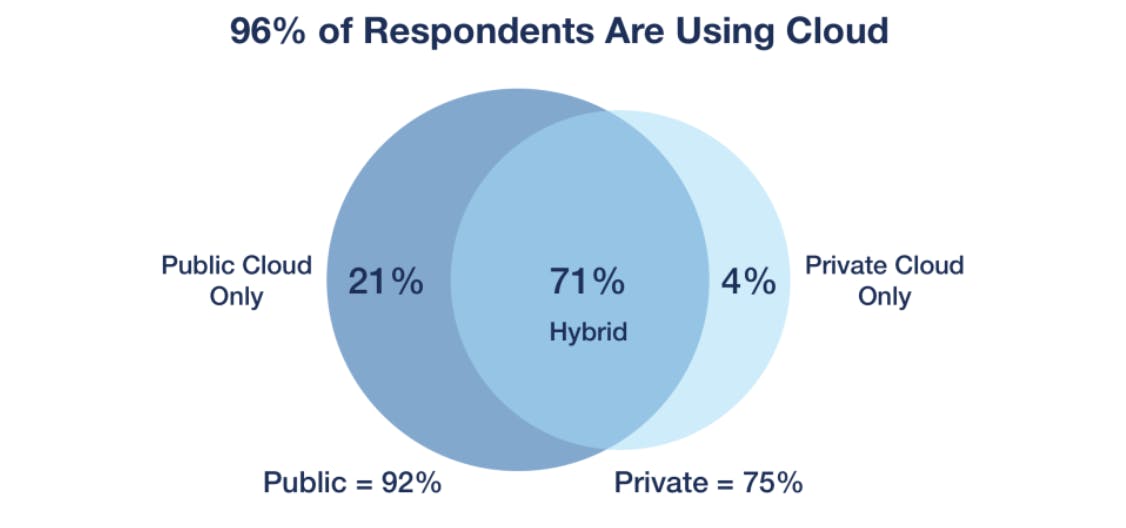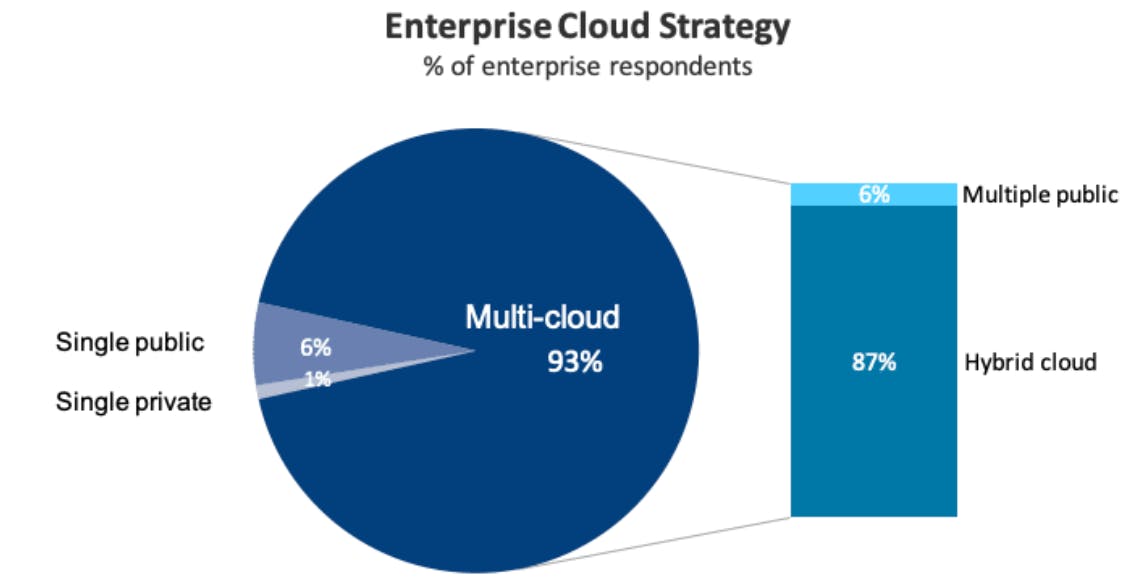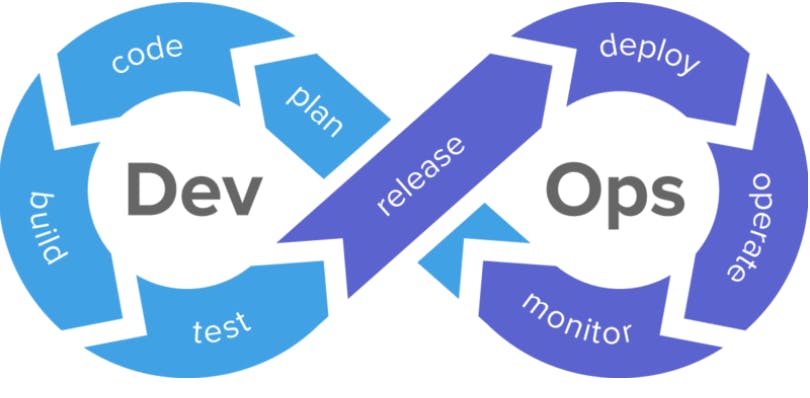Okay, we figured out what is cloud-native app and it's time now to understand how your company will benefit from it.
There are key advantages of cloud application development:
- Resilience and greater fault tolerance
- Security
- No vendor lock-in
- Integration with modern technologies
- Reduced cost of infrastructure maintenance
- Faster time-to-market delivery
Resilience and greater fault tolerance
Cloud native development a priori deals with contemporary approaches like, e.g. microservices, kubernetes in cloud etc. It means that the application itself owns such properties like self-healing in case of downtime: if a container stops operating, another container will be up immediately. Or another example: if there is a sudden failure of a service within so-called "microservices net", it will not impact the operation of the full infrastructure, as it could happen to monoliths. In this case, you just isolate the issue and fix it, without need to stop the entire system. Thus, uptime of almost 99% is achieved!
Security
Security is an integral part of any application, even if it is marginally native to cloud. Cloud providers like Amazon Web Services, Google Cloud or Microsoft Azure take over the responsibility for secure data storage and its utilization.
Beyond this, it becomes possible to set up automated quality checks to enable strict code supervision. So, each time when developers commit any changes to the code, all main vulnerabilities are defined before deployment to production.
No-vendor lock-in
Hype around cloud native development results in growth of open-source tools which liberated companies from N-years-long licenses and enterprise-level fees. It means you can switch the tools even more easily if you are not satisfied with services provided or prices and so forth.
As for hosting, there is no need to choose only one public cloud provider for this. As the recent statistics have shown, multi- and hybrid cloud solutions are gaining more and more popularity among companies:

Multi-cloud and hybrid solutions allow squeezing all benefits out of each provider and make the infrastructure yet more tailor-made. So, even enterprises with their heavy applications and on-premise data centers use at least one private cloud. The evidence of this is the Flexera 2020 State of the Cloud Report:

Integration with modern technologies
Cloud-native encompasses contemporary methods of architecture design like serverless, containerization, microservices, etc. Consequently, companies get extremely responsive infrastructure, which is always ready for scaling up and down!
Reduced cost of infrastructure maintenance
You probably have already seen thousands of articles uncovering the question of cost reduction by using modern IT solutions. Anyway, let's consider main reasons why cloud-native apps entail reduced cost of infrastructure maintenance:
- Serverless requires less effort to maintain the infrastructure in the cloud. FaaS providers take over the responsibility for it, allowing Ops teams focus on more important tasks.
- Serverless allows running applications with dynamic workload and pay post factum only for the utilized resources. Such approach prevents the over-provisioning of the resources as it may happen with traditional servers.
- Cloud-native tools are open-source projects that means both free plans and continuous support of the tool
- Monitoring tools allow discovering of vulnerabilities and weaknesses causing losses and making companies go into technical debt.
- Robustness and resilience of cloud native apps delivers 99% uptime rate, that means your business works online and brings fruits.
Faster time-to-market delivery
As it has been already mentioned above, cloud-native applications are built in such a manner, that reduces the efforts to maintain and provision the infrastructure. Consequently, the IT team focuses more on features release rather than on infrastructure maintenance.
Beyond this, strict and standardized business processes inside each company enable code, build, deploy continuously, without compromising product quality.








